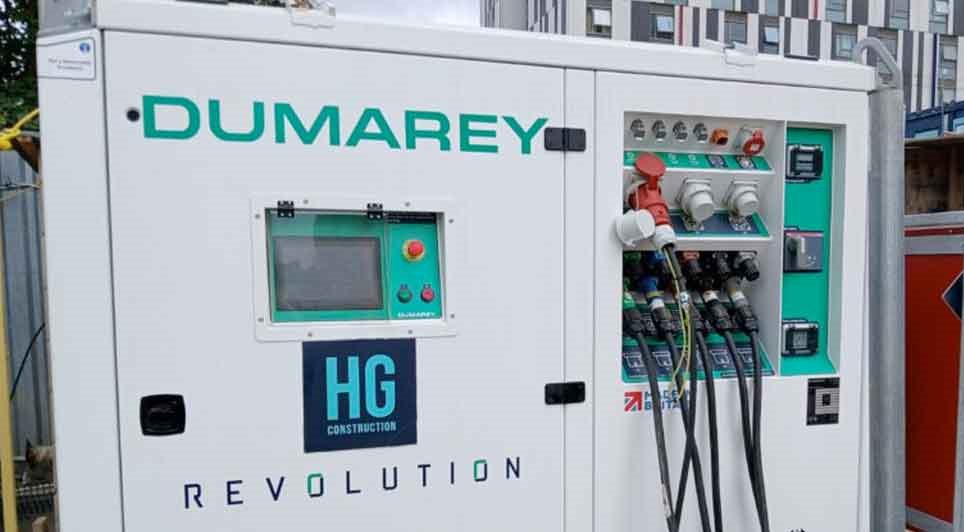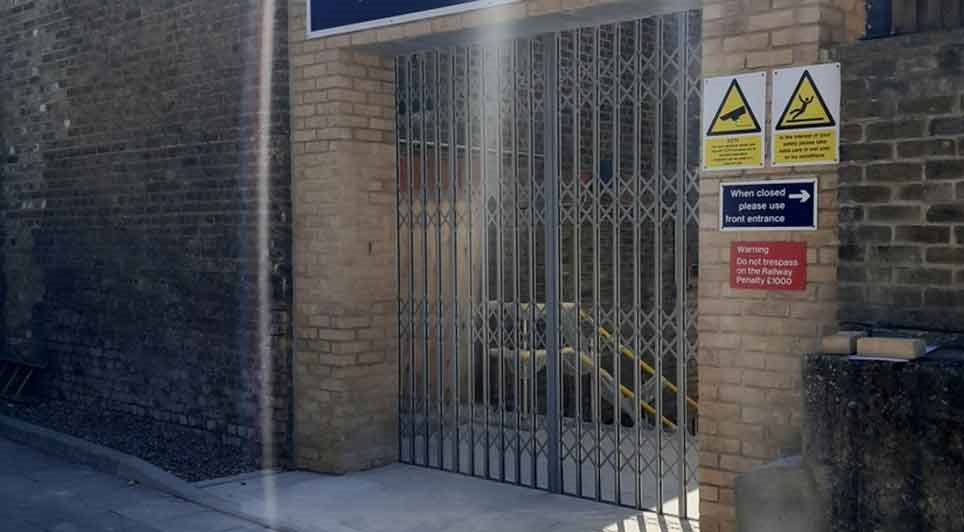When it comes to creating energy-efficient and comfortable homes, airtightness is a critical aspect that homeowners, professional builders, and self-builders in the UK should be familiar with.
Although the concept may seem technical, understanding its significance empowers individuals to make informed decisions about their buildings and homes.
This article explores the importance of airtightness, highlighting its benefits, debunking common misconceptions, and providing practical guidance. Additionally, it delves into specific products that should never be used to fix leaks, products that should be used, planning and testing accompanied by comments and observations for clarity.
Why airtightness matters
Too much air leakage is bad for our wallets, bad for our comfort and bad for our health. The moisture that is carried through our walls and roofs along with escaping warm air is bad for our buildings, giving rise to condensation, mould and ultimately rot.
Controlling air leakage by making our dwellings and other buildings more airtight is an essential part of delivering sustainability in the UK. Our national zero-carbon targets for 2030 and 2050 cannot be achieved without a sustained and rigorous effort to make the building stock more airtight. This particularly applies to existing houses, especially those built in the last half-century or so that do not have the benefit (for airtightness) of wet plaster on internal masonry surfaces.
'Build tight, ventilate right'. For over a decade now, this mantra has been the rallying cry of energy-efficiency experts but, until recently, it seemed to be landing on deaf ears. Our heavy reliance on gas to heat our homes, rapidly rising energy prices, and gas supplies under threat means we all need ways to mitigate cost and at the same time benefit from reducing our reliance on fossil fuels. Improving the airtightness (energy leakage) of new and existing buildings is one of the fastest ways of making UK homes warmer and less wasteful to heat.
Existing buildings (a big part of the problem)
Practical considerations for achieving airtightness
To achieve airtightness, homeowners and self-builders should consider the following practical steps:
Planning and Design: Incorporate airtightness measures during the design phase, including selecting appropriate building materials, such as airtight membranes, tapes, and sealants, and carefully considering joint locations.
Construction Techniques: Ensure proper installation of airtight barriers, such as air and vapour control layers, using approved materials and techniques. Attention should be given to sealing penetrations around windows, doors, pipes, and electrical outlets.
Testing and Verification: Conduct an airtightness test, such as a blower door test, to validate the implemented measures' effectiveness. This test helps identify areas that require additional sealing, enabling homeowners to achieve optimal airtightness levels.
Systems and products promoting airtightness
Various systems and products are available to enhance airtightness in UK buildings. These include:
Airtight membranes and tapes: High-performance membranes, such as vapor-open breathable membranes, effectively seal joints and openings, preventing air leakage. Natural insulation products like wood fibre membranes offer excellent airtightness while providing breathability and moisture control.
Airtight seals and gaskets: The installation of quality seals and gaskets around windows, doors, and other building components creates an airtight barrier, reducing air leakage. Natural rubber-based seals and gaskets are eco-friendly alternatives that offer excellent sealing properties.
Natural insulation materials: Properly installed natural insulation materials act as effective air barriers, improving air tightness. Materials such as sheep's wool insulation and cellulose insulation provide both thermal insulation and airtightness properties while being sustainable and renewable.
Liquid-applied membranes: Liquid-applied membranes offer an alternative solution for achieving airtightness. These membranes, when applied to surfaces, create a seamless and durable barrier against air leakage. Liquid-applied membranes are commonly used on roofs, walls, and floors, providing a high level of airtightness and protection against moisture intrusion.
Airtightness testing equipment: Blower door tests, conducted using equipment like Retrotec's blower doors, are used to measure the air tightness score in UK buildings. These tests help identify areas of air leakage, allowing for targeted improvements.
Email: info@ecomerchant.co.uk
ecomerchant.co.uk
Construction News
28/02/2024
Building Air Tightness: Knowledge For UK Builders, Self-Builders And Homeowners


11/07/2025
ACS Construction Group has been appointed Principal Contractor by GE Vernova for a major infrastructure expansion at its Stafford HVDC Transformers facility, part of the company’s drive to support global decarbonisation through advanced transformer technology.
ACS commenced with the Test Supply Bui

10/07/2025
Vistry Group has agreed two major deals with housing provider Abri to enable the delivery of almost 200 affordable homes across Hampshire, marking a significant step forward in addressing local housing needs.
In Funtley, near Fareham, Vistry has completed a simultaneous land acquisition and forward

10/07/2025
Caddick Construction has officially completed its first Midlands project with the handover of Mansion House, a six-storey residential development comprising 58 new apartments, to joint venture partners Urban Splash and Places for People.
Located on the 43-acre Port Loop island alongside Birmingham

10/07/2025
Lovell has broken ground on a new residential development in Port Sunlight, set to transform a long-vacant brownfield industrial site into a thriving community of 115 high-quality homes.
Located on Dock Road North, the development supports the local authority’s strategy to unlock underused land for

10/07/2025
Morgan Sindall Construction's Wales division has officially broken ground on a new state-of-the-art Additional Learning Needs (ALN) school in Clydach Vale, designed to be net zero carbon in operation.
Commissioned by Rhondda Cynon Taf County Borough Council, the £37 million school will provide Engl

10/07/2025
HG Construction has announced a £1.2 million investment in Dumarey Green Power's 'Revolution Battery' technology, following successful trials earlier this year aimed at decarbonising crane and hoist operations across its UK sites.
The investment marks a significant step in HG Construction's drive t

10/07/2025
M Group has completed a major improvement project at Queenstown Road Station in south-west London, delivering long-awaited upgrades including a new rear entrance designed to ease access for daily commuters.
Undertaken on behalf of developer Taylor Wimpey, the project involved significant engineerin

10/07/2025
Helical has appointed McLaren Construction as the main contractor for the £90 million transformation of Brettenham House, an iconic Art Deco building on London's north bank, into a state-of-the-art sustainable office and retail hub.
Originally built in 1932 and located within the Savoy Conservation

10/07/2025
Tower Hamlets Council has completed 30 road resurfacing schemes across the borough over the past year, thanks to targeted investment and funding support from central government.
The improvements aim to deliver a more resilient road network, reduce disruption, and lower carbon emissions.
Part-fund

10/07/2025
Mace has been appointed by Pegasi to deliver the major transformation of Fresh Wharf, a prominent 1980s building located on the banks of the River Thames, into a cutting-edge, sustainability-driven workplace.
Situated just minutes from Tower Bridge, the 11-storey structure will be transformed to of
 UK
UK Ireland
Ireland Scotland
Scotland London
London











